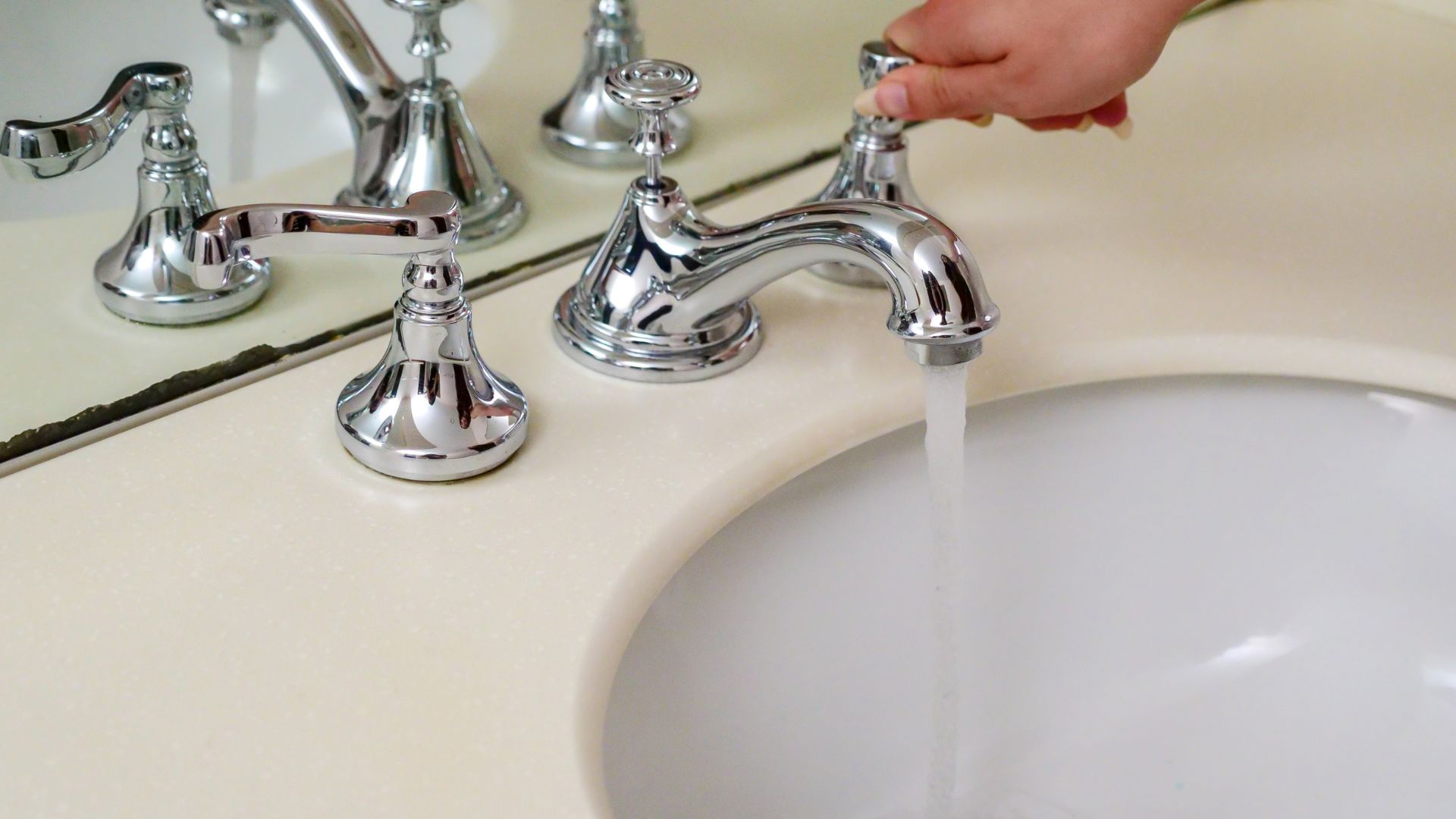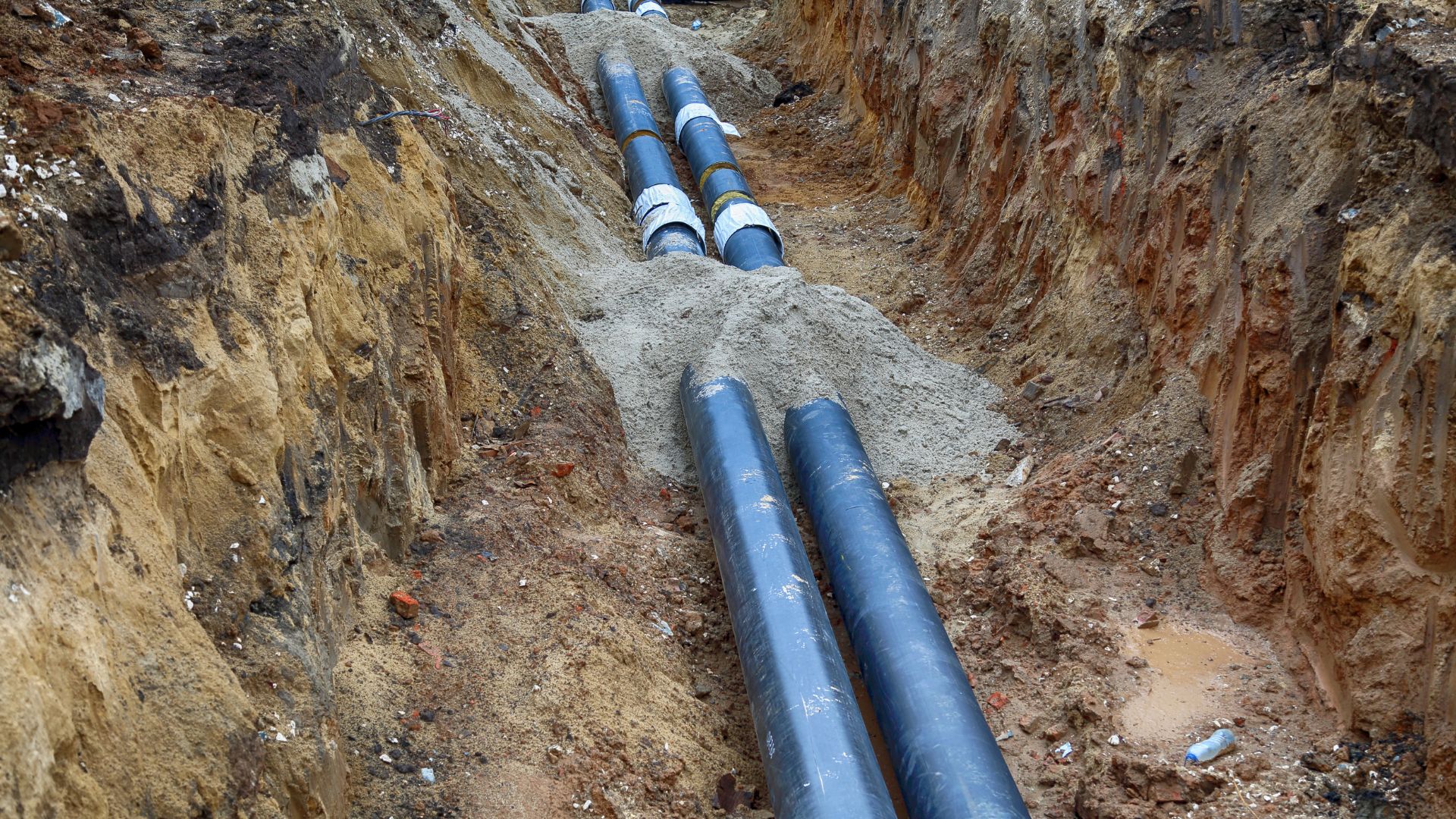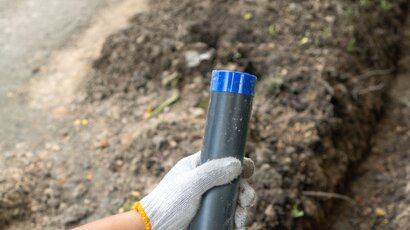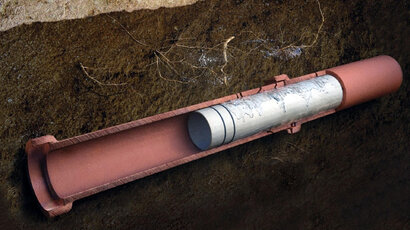Is your water flow slowing to a drip? Ever noticed your shower turning into a sad drizzle halfway through? Or maybe your washing machine sounds like it’s struggling just to fill up?
These might seem like everyday annoyances, but poor water flow in your home can hint at much deeper issues—skyrocketing water bills, overworked appliances, and in some cases, even sudden pipe bursts.
And in older homes, those charming character features often come with not-so-charming plumbing. The good news? You’re not stuck with it.
This guide walks you through everything from spotting the early signs to rolling up your sleeves for DIY fixes—or calling in the pros when it’s time. By the end, you’ll know exactly how to improve water flow in old pipes, prevent costly repairs, and keep your water pressure just where it should be.
Common Signs of Poor Water Flow in Old Pipes
Before things go pear-shaped, your plumbing system usually gives you a few warning signs. These red flags are often ignored or brushed off—until you’re halfway through a shower and the pressure drops to a trickle. Here’s what to look out for:
![Improving Bathroom Water Flow Improving Bathroom Water Flow]()
1. Inconsistent Water Pressure
One minute it’s Niagara Falls, the next it’s a lazy dribble. If you notice water pressure fluctuating from one tap to another—or even during the same use—it could be a symptom of blockages, rust, or pipe narrowing. For instance, if your kitchen tap gushes but the bathroom sink barely produces a stream, something’s off.
2. Discoloured Water or Rust
Water that looks more like weak tea than crystal-clear H2O is a major warning sign. Discoloured water often points to rusty pipes or internal corrosion, particularly in galvanised steel or old copper systems. This isn’t just unsightly—it can affect water taste, stain fixtures, and harm appliances.
3. Noisy Pipes or Banging Sounds
Ever heard a loud clunk or eerie humming after turning off a tap? That’s not your house being haunted—it’s likely noisy water pipes, often caused by air trapped in the system or sudden pressure changes. Known as " water hammer," this can actually damage pipes over time if left unchecked.
4. Slow Drainage
Sure, hair in the shower drain is common, but if every sink, tub, or basin in your house drains like it’s moving through molasses, you might have a deeper blockage issue. This slow movement often ties back to mineral build-up or blocked drains deeper in the system.
5. Frequent Clogs
If you’re on a first-name basis with your plunger, it’s time to question why. Constant clogs suggest that your plumbing system is either too narrow, misaligned, or suffering from internal decay—all common old house plumbing issues.
In older Aussie homes—particularly those built pre-1970s—these signs often crop up due to outdated pipework that simply wasn’t built for today’s household demands.
Understanding the Causes: What’s Going On Inside Those Pipes?
So, what exactly causes old plumbing systems to go on strike? Most of the issues stem from age, materials used, and environmental factors. Here’s what’s typically happening behind the scenes:
Mineral Build-Up
In areas with hard water, minerals like calcium and magnesium gradually accumulate inside pipes. Over time, this calcium build-up in pipes restricts flow, reduces pressure, and encourages clogging. It’s like plaque in arteries—but for your plumbing.
Corrosion in Galvanised or Copper Pipes
Galvanised steel pipes, commonly used in mid-20th-century homes, corrode over time, flaking internally and releasing rust into your water. Even copper pipes, though more durable, aren’t immune. Once corrosion takes hold, it compromises both water quality and flow.
Narrow Pipe Diameter
Older plumbing systems were designed for simpler times—think a single bathroom and maybe a kitchen sink. But modern living includes dishwashers, washing machines, and multiple bathrooms. If your home still uses narrow, outdated pipes, it simply can’t keep up with the load.
Tree Root Intrusion
In leafy suburbs, those beautiful big trees can wreak havoc underground. Roots naturally seek out moisture, and your pipes are an attractive source. Once inside, they expand and crack the system, leading to blockages, leaks, and flow restrictions.
These problems rarely solve themselves. Left too long, they’ll turn into expensive repairs or even complete system failures.
Quick Wins: Simple Fixes That Can Make a Difference
Not ready for a full-blown plumbing overhaul? No worries—there are a few easy, cost-effective tricks you can try first:
![Quality Water Flow Quality Water Flow]()
Clean Faucet Aerators
These little mesh screens at the end of your taps are often the first victims of mineral build-up. Unscrew them, give them a soak in vinegar, and scrub off any gunk. It’s an instant low water pressure fix.
Flush the System
Sometimes sediment builds up and just needs a little nudge. Open all your taps and let them run for a few minutes to help clear out minor debris or stagnation, especially if your house has been sitting idle.
Vinegar Flush for Calcium Build-Up
If you’ve got visible white crust around taps or showerheads, chances are your pipes are suffering too. Fill them with a vinegar solution and let it sit overnight to help break down that stubborn scale.
Adjust Pressure Regulators
Some homes have a pressure regulator valve near the meter. If it’s set too low, your water flow suffers. Adjusting it upwards (gently!) can help—but only if you’re confident. Otherwise, call in a pro.
When These Fixes Won’t Cut It
These quick wins are great for surface-level issues. But if the problem keeps coming back, or if you’re seeing multiple warning signs, it’s likely something deeper is going on that requires professional attention.
Long-Term Solutions: Upgrades and Professional Repairs
Sometimes, the best fix is a fresh start. Here are the more permanent solutions to truly restore water pressure and future-proof your plumbing:
Replacing Pipe Sections
If only parts of your system are compromised—say, just the bathroom or the kitchen—targeted replacements can resolve issues without needing a full overhaul. Costs vary depending on access and materials, but it’s a smart mid-level fix.
Full House Repiping
For homes with widespread issues or severely aged systems, repiping a house is the gold standard. Modern materials like copper or PEX are durable, corrosion-resistant, and more flexible to install. It’s a bigger upfront cost, but it pays off in reliability and water quality.
Installing Pressure-Boosting Systems
These pump systems automatically raise water pressure throughout your home. Ideal if mains pressure is weak or inconsistent, they’re compact and relatively easy to install—just be sure to choose one compatible with your existing setup.
Pipe Relining: The Modern Alternative
Don’t fancy tearing up your garden or floors? Pipe relining might be your answer. This no-dig method inserts a new lining into existing pipes, sealing cracks and restoring flow without excavation. It’s especially popular for old house plumbing issues where access is tricky.
Know When to Call a Pro
If DIY fixes haven’t worked, or if you’re dealing with multiple symptoms—discoloured water, noises, clogs—it’s time to get a licensed plumber in. Delaying can make small issues spiral into thousands of repairs.
Prevention Tips to Maintain Healthy Water Flow
Preventing future problems is easier than constantly fixing them. Here are a few habits to build into your regular home maintenance:
- Routine plumbing checks – Have a plumber inspect your system annually, especially if your home’s more than 30 years old.
- Install a whole-house filter – These catch debris, sediment, and minerals before they cause build-up inside pipes.
- Skip the chemical drain cleaners – They might clear clogs temporarily but corrode pipes over time. Use natural alternatives or mechanical tools.
- Manage tree growth – Keep an eye on large trees near underground pipes. Installing root barriers or choosing non-invasive plants can save you big in the long run.
A Fresh Flow, A Better Home
When your plumbing flows properly, everything feels easier—cleaner dishes, better showers, and more efficient appliances. You don’t need to gut your home to make a difference. Even small changes can boost performance, save water, and add comfort.
Need a hand restoring the water flow in your home? WP Plumbing offers expert pipe repair services tailored to older properties. Contact us today for reliable, long-lasting solutions.





